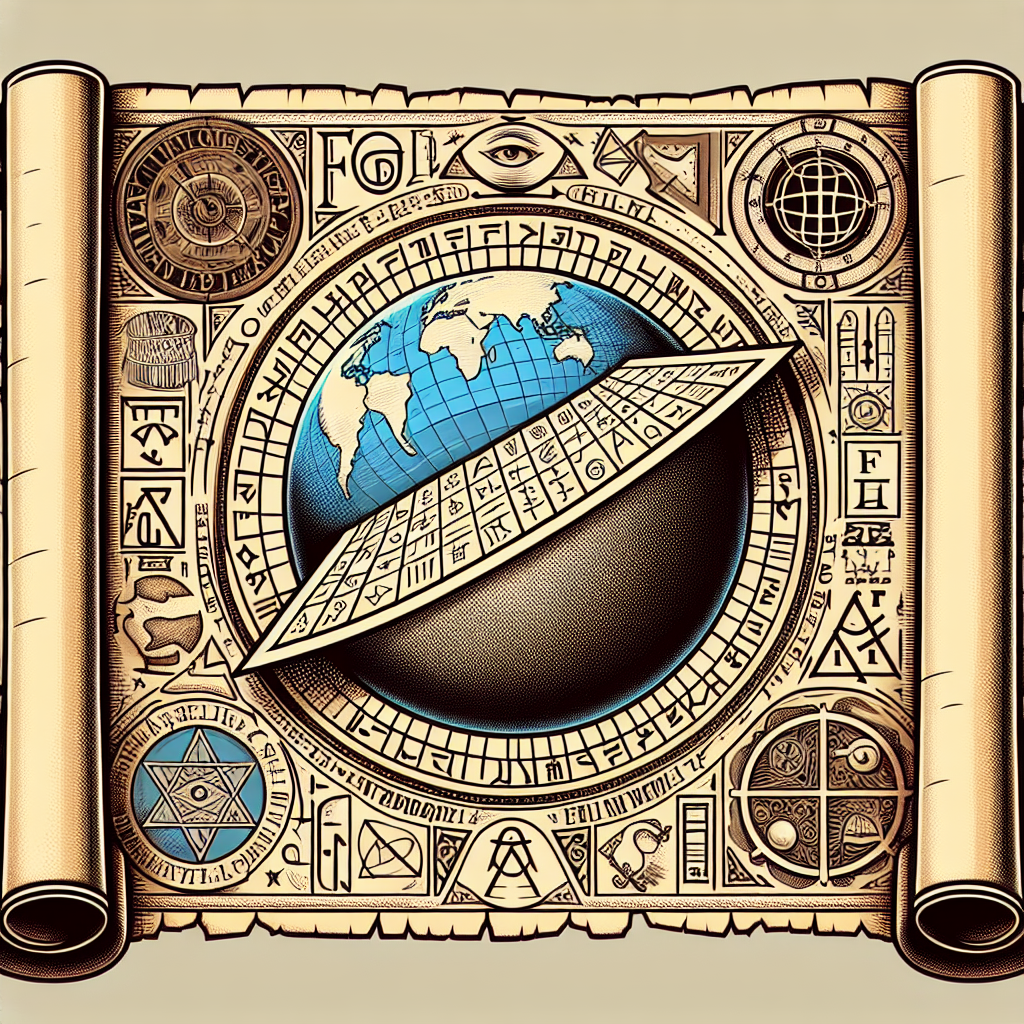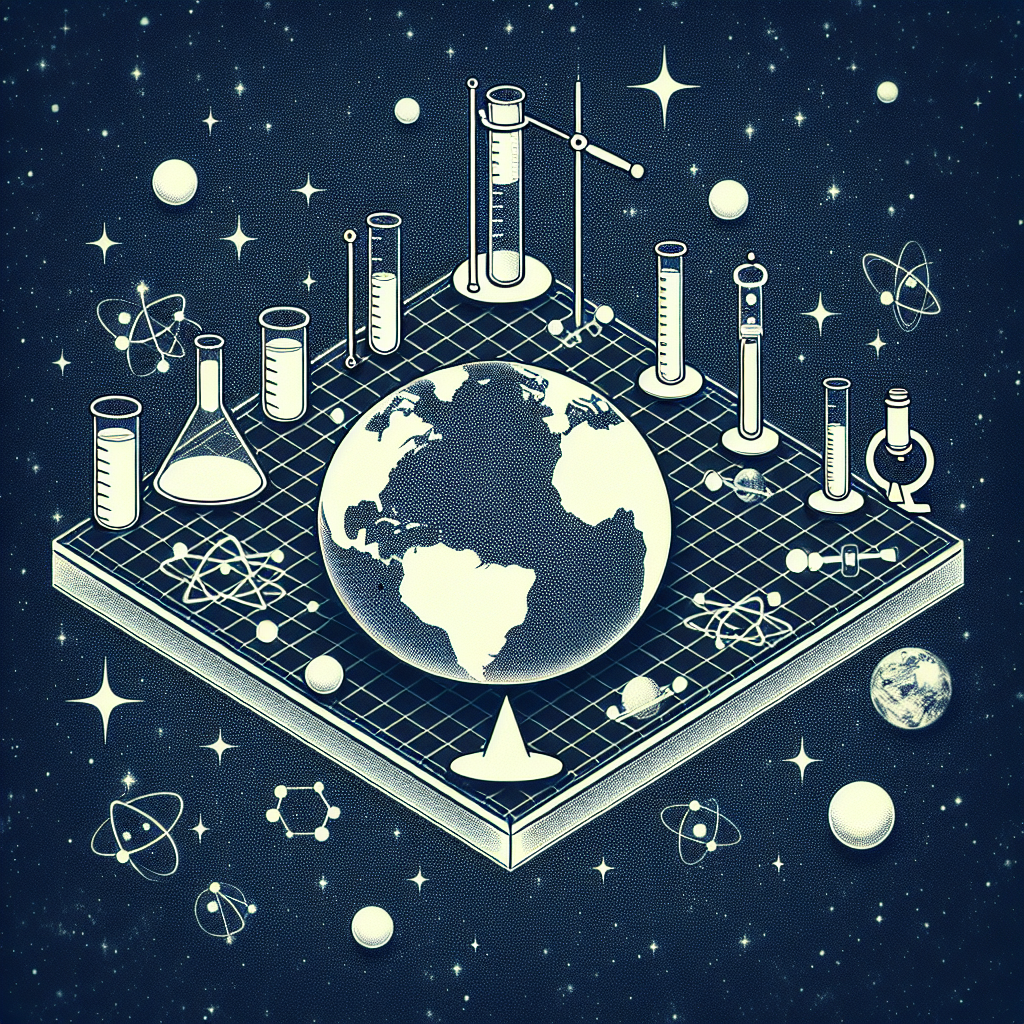The Rise of Flat Earth Theory
The Flat Earth Theory has witnessed a resurgence in recent years, captivating the minds of many and re-igniting debates that many presumed were settled centuries ago. To understand this phenomenon, it is crucial to delve into the historical background of the flat Earth concept, its modern resurgence, and the psychological contexts that contribute to its appeal.
Historical Context
Historically, the belief in a flat Earth was predominant in ancient civilizations. Civilizations such as the Mesopotamians and Egyptians held views that the Earth was a flat disk. These beliefs continued until the advent of the scientific method and advancements in astronomy in the 16th century. Pioneering figures such as Copernicus, Galileo, and Newton provided compelling evidence supporting a heliocentric, spherical Earth, leading to the widespread acceptance of this model.
However, remnants of the flat Earth model persisted in folklore, mythology, and various religious texts. The advent of the internet and social media has allowed this antiquated perspective to resurface, particularly as certain groups seek to challenge established scientific paradigms.
Key Tenets of Flat Earth Theory
Flat Earth proponents adhere to several core beliefs that challenge established scientific understanding:
-
Flat Earth Model: Flat Earthers believe the Earth is a flat, disc-shaped plane rather than a sphere. They often depict this model with a north pole at the center and an ice wall around the edges.
-
Misinterpretation of Science: Many Flat Earthers reject centuries of science, arguing that photos of Earth from space are fabricated. They dismiss observations that support a spherical Earth, claiming they are misconstrued or manipulated.
-
Gravity Reconsidered: Flat Earth adherents often challenge the concept of gravity. Instead of gravity holding objects to a spherical Earth, they argue that the flat Earth moves upwards, creating a pseudo-gravitational effect.
-
Sponsored Deceit: A common belief among Flat Earthers is the notion of a conspiracy, where governments and organizations, including NASA, fabricate evidence to maintain perceived control over the public.
Psychological Underpinnings
Understanding the popularity of Flat Earth Theory also necessitates an exploration into the psychological factors at play. Cognitive biases, including confirmation bias and the Dunning-Kruger effect, significantly influence belief in conspiracy theories, including Flat Earth concepts.
-
Confirmation Bias: This bias leads individuals to seek out information that supports their pre-existing beliefs while disregarding evidence that contradicts them. Flat Earth adherents often engage with content that validates their views while surrounding themselves with like-minded individuals.
-
Mistrust in Authority: Many Flat Earthers exhibit a generalized mistrust of authoritative figures or institutions, which intensifies their skepticism toward established scientific views. This skepticism can stem from broader societal movements or historical events that have eroded public trust.
-
Identity and Community: For some, being a part of the Flat Earth community offers a sense of belonging and identity. As they attain camaraderie with fellow believers, they often reinforce each other’s beliefs, creating an echo chamber that further solidifies their convictions.
The Role of Social Media
Social media platforms have played a pivotal role in the resurgence of Flat Earth Theory. YouTube, Facebook, and Twitter are rife with content promoting Flat Earth perspectives, often characterized by emotional appeals rather than scientific rationale. Algorithms that favor engagement funnel users into streams of content that reinforce their beliefs.
-
Influencers and Documentaries: Influential figures in the Flat Earth community, such as social media personalities and authors, have gained large followings, allowing them to disseminate their views widely. Documentaries and YouTube channels present persuasive narratives, often leveraging emotional storytelling to bolster their stance.
-
Communities and Events: Online communities organize events, such as Flat Earth conferences, which draw in thousands of attendees. These events create a shared experience, solidifying their beliefs and making individual members feel part of a larger movement.
Counterarguments and Scientific Responses
In response to Flat Earth claims, the scientific community has consistently presented counterarguments based on empirical evidence:
-
Photographic Evidence: Millions of high-resolution images from various space agencies illustrate the Earth’s curvature. Satellite imagery and high-altitude balloon footage provide compelling evidence of a spherical Earth.
-
Physics of Gravity: The principles of gravity and astronomical mechanics are well-established and supported by immense bodies of research. The behavior of celestial bodies underlines the laws of physics that govern gravitational forces, which cannot be explained by a flat Earth model.
-
Observational Evidence: Everyday observations, such as ships disappearing hull-first over the horizon or the varying constellations visible at different latitudes, provide practical evidence of Earth’s curvature.
-
Time Zones: The existence of different time zones can only be explained by a spherical Earth. As the Earth rotates, different areas experience sunlight and darkness, which would be inconsistent if it were flat.
Conclusion of Concepts
The persistence of the Flat Earth Theory serves as an intriguing case study into the intersection of science, belief, and psychology. Despite overwhelming evidence supporting a spherical Earth, the allure of alternative explanations continues to pique interest. Understanding the dynamics that reinforce these beliefs sheds light on broader social phenomena and underscores the importance of science communication in addressing misconceptions.
As we continue to explore this topic, the dialogue around Flat Earth Theory illustrates the complex relationship between beliefs, dissemination of information, and the critical role of community in shaping understanding—themes that resonate across various aspects of contemporary society.






Leave a Reply